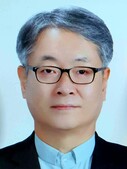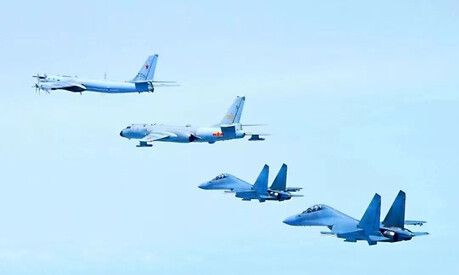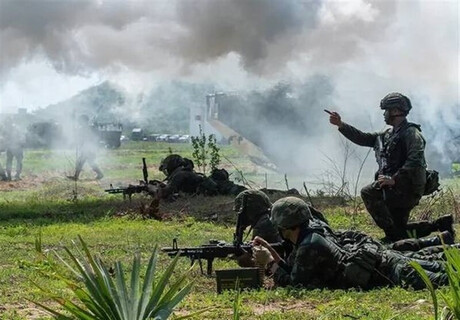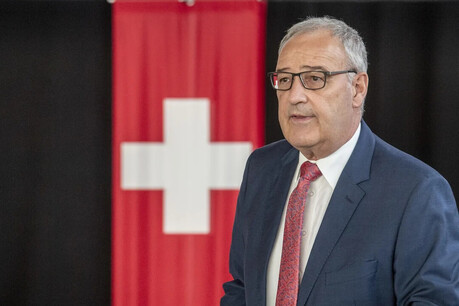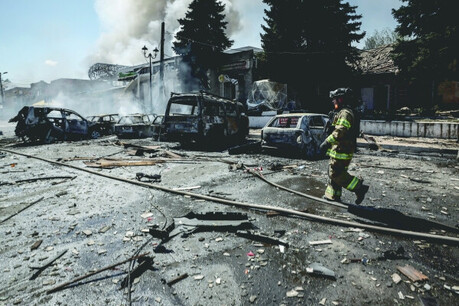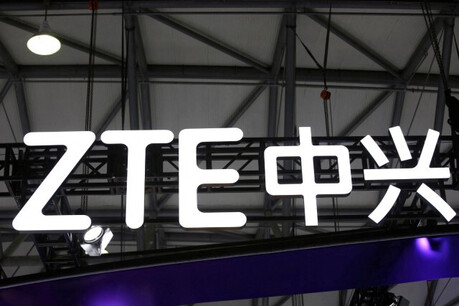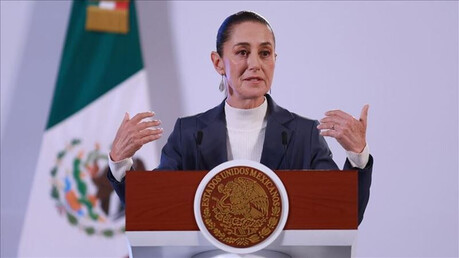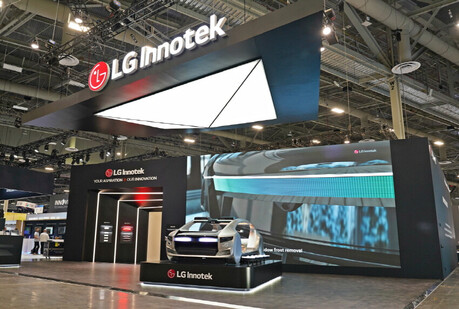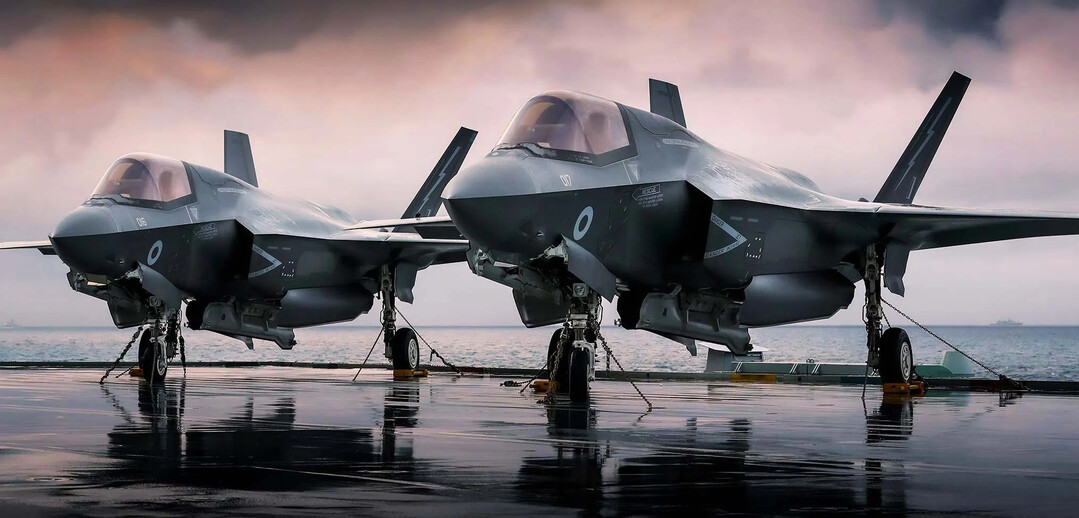
SINGAPORE - Singapore has officially announced the additional purchase of eight F-35A 5th generation stealth fighter jets from the United States. During the budget review committee on March 3rd, Minister for Defence Ng Eng Hen confirmed this, stating that Singapore will operate a total of 20 F-35 fighter jets by 2030, in addition to the 12 F-35B aircraft already secured. According to the Ministry of Defence, the newly acquired F-35As are expected to be delivered around 2030, while the previously contracted four F-35Bs are scheduled for delivery in 2026, and the remaining eight in 2028, to the Republic of Singapore Air Force (RSAF).
The F-35A employs conventional takeoff and landing (CTOL), boasting a longer range and enhanced weapons payload capacity (approximately 8,160kg vs. 6,800kg) compared to the F-35B. This F-35A acquisition is part of Singapore's increased defense budget for the 2025 fiscal year. Singapore has allocated S$23.4 billion (approximately US$17.4 billion) for defense this year, a 12.4% increase from the previous year. This is interpreted as a measure to resume projects delayed or disrupted due to the COVID-19 pandemic and to prepare for the future security environment.
While acknowledging the significant increase in this year's defense budget, Minister Ng Eng Hen emphasized that it would remain within 3% of GDP in the future. The increased budget will be invested in various force enhancement projects beyond the F-35 acquisition, including the additional purchase of two Invincible-class submarines, the introduction of Titan 8×8 infantry fighting vehicles, the upgrade of the M142 HIMARS multiple launch rocket system, strengthening counter-unmanned aerial vehicle (C-UAS) capabilities, and the introduction of Multi-Role Combat Vessels. The establishment of a Cyber and Digital Command and the construction of realistic training environments (SAFTI City, Murai Urban Training Facility) will also be pursued with this year's budget.
Singapore's interest in acquiring the F-35 fighter jet dates back to 2003 when it joined the US Joint Strike Fighter (JSF) program's System Development and Demonstration phase as a Security Cooperative Participant. At one point, the possibility of acquiring up to 100 F-35 aircraft was discussed, with particular interest shown in the F-35B model capable of short takeoff and vertical landing (STOVL).
This was analyzed as considering Singapore's short runway environment and the potential for integrated operations with the Endurance-class landing platform docks. However, immediate purchase did not materialize, and in 2013, Singapore prioritized upgrading its F-16 fighter jets, stating it was "not in a particular hurry" to acquire the F-35. In 2016, plans for acquiring up to 12 F-35 aircraft were officially put on hold.
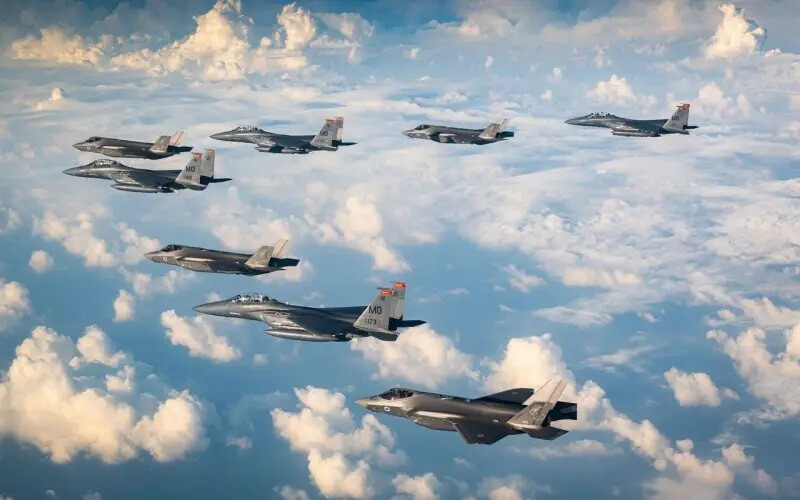
However, the situation reversed in January 2019 when Minister Ng Eng Hen announced that the RSAF's F-16C/D fighter jets were expected to retire shortly after 2030, and the F-35 had been selected as the likely replacement following internal evaluations by the Air Force and the Defence Science and Technology Agency. In March 2019, Singapore announced the purchase of four F-35B aircraft with an option for eight more, and in January 2020, the United States approved a Foreign Military Sale (FMS) totaling US$2.75 billion, including related equipment and support services.
This package included up to 13 Pratt & Whitney F135 engines, electronic warfare systems, C4I infrastructure, logistics support, and training systems. In February 2024, Minister Ng Eng Hen confirmed the plan to purchase eight F-35A aircraft in Parliament, and this was officially formalized with the budget announcement in March 2025, bringing Singapore's total F-35 acquisition plan to 20 aircraft.
According to Lieutenant Colonel Jang Jian Wei, head of the RSAF's Next Generation Fighter Aircraft Project Office, the introduction of the F-35A is part of a long-term plan to replace the F-16 fighter jets and build a future air force with both F-35A and F-35B models. The RSAF has participated in at least ten F-35-related training sessions and professional exchanges over the past few years, including simulation training with US instructors and multinational joint exercises (Exercise Pitch Black). Visits to Lockheed Martin production facilities and simulator training with US Air Force personnel were also part of the evaluation process. Operating two complementary F-35 models is expected to enable the RSAF to respond to various operational requirements in a tailored manner.
The F-35A operates using conventional runways, offering a longer range (2,200km vs. 1,667km) and greater weapons payload (8,160kg vs. 6,800kg) compared to the F-35B. Conversely, the F-35B, with its STOVL capability, can take off from short runways and land vertically in confined spaces, providing significant operational flexibility for geographically constrained Singapore.
Both models feature stealth technology, internal weapons bays, advanced electronic warfare systems, and sensor fusion capabilities, boasting enhanced situational awareness and survivability. Singaporean pilot training in the United States, ongoing since the 1970s, will continue, with the RSAF's F-35 and F-16 training detachments based at Ebbing Air National Guard Base in Arkansas.
The JSF program was initiated in the 1990s by the US Department of Defense to develop a multi-role stealth fighter to replace aging aircraft in the US military and allied nations. The program aimed to meet mission requirements in diverse operational environments while reducing life cycle costs.
In 2001, Lockheed Martin's X-35 design was selected over Boeing's X-32, and the program entered the System Development and Demonstration phase. Three main variants were developed: the F-35A for conventional runway operations, the F-35B for STOVL operations, and the F-35C for aircraft carrier operations. Several international partners, including the UK, Italy, and the Netherlands, participated in the program, with Singapore joining as a Security Cooperative Participant.
The F-35A is powered by a Pratt & Whitney F135-PW-100 turbofan engine producing 43,000 pounds of thrust. The aircraft has a wingspan of 10.7 meters, a length of 15.7 meters, and a height of 4.38 meters. Its internal fuel capacity is approximately 18,498 pounds, and it can carry internal and external weapons depending on the mission. The maximum speed is Mach 1.6, and its operational altitude is above 15,000 meters.
It is equipped with the AN/APG-81 AESA radar, EOTS (Electro-Optical Targeting System), and DAS (Distributed Aperture System), and its logistics system has transitioned from ALIS (Autonomic Logistics Information System) to ODIN (Operational Data Integrated Network) for maintenance and mission planning. The F-35A is designed for conventional runway operations and, as of 2023, is the most produced variant, with a unit cost of approximately US$82.5 million.
The F-35B achieves STOVL capability through a lift fan and a swiveling exhaust nozzle, enabling takeoff from short runways and vertical landing in confined environments. While its weapons payload and fuel capacity are less than the F-35A due to the lift fan installation, it features the same avionics and sensor systems, including stealth capabilities and data fusion. The F-35B has also been adopted by other Indo-Pacific nations such as Japan, South Korea, and Australia, and its performance has been demonstrated in joint operations and multinational exercises.
In the context of Singapore, the F-35B's STOVL capability is seen as a valuable asset in overcoming the limitations of its land area, and it is expected to play a complementary role with the F-35A's extended range and payload capacity. Both models are expected to achieve full operational capability with the RSAF by the late 2030s, following the replacement of the F-16 fighter jets starting in the mid-2030s.
[Copyright (c) Global Economic Times. All Rights Reserved.]















